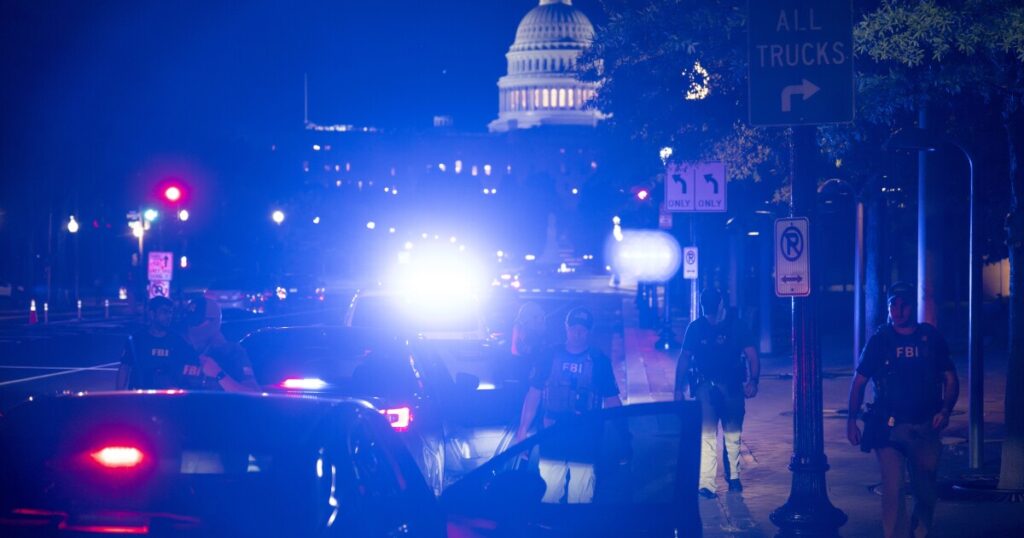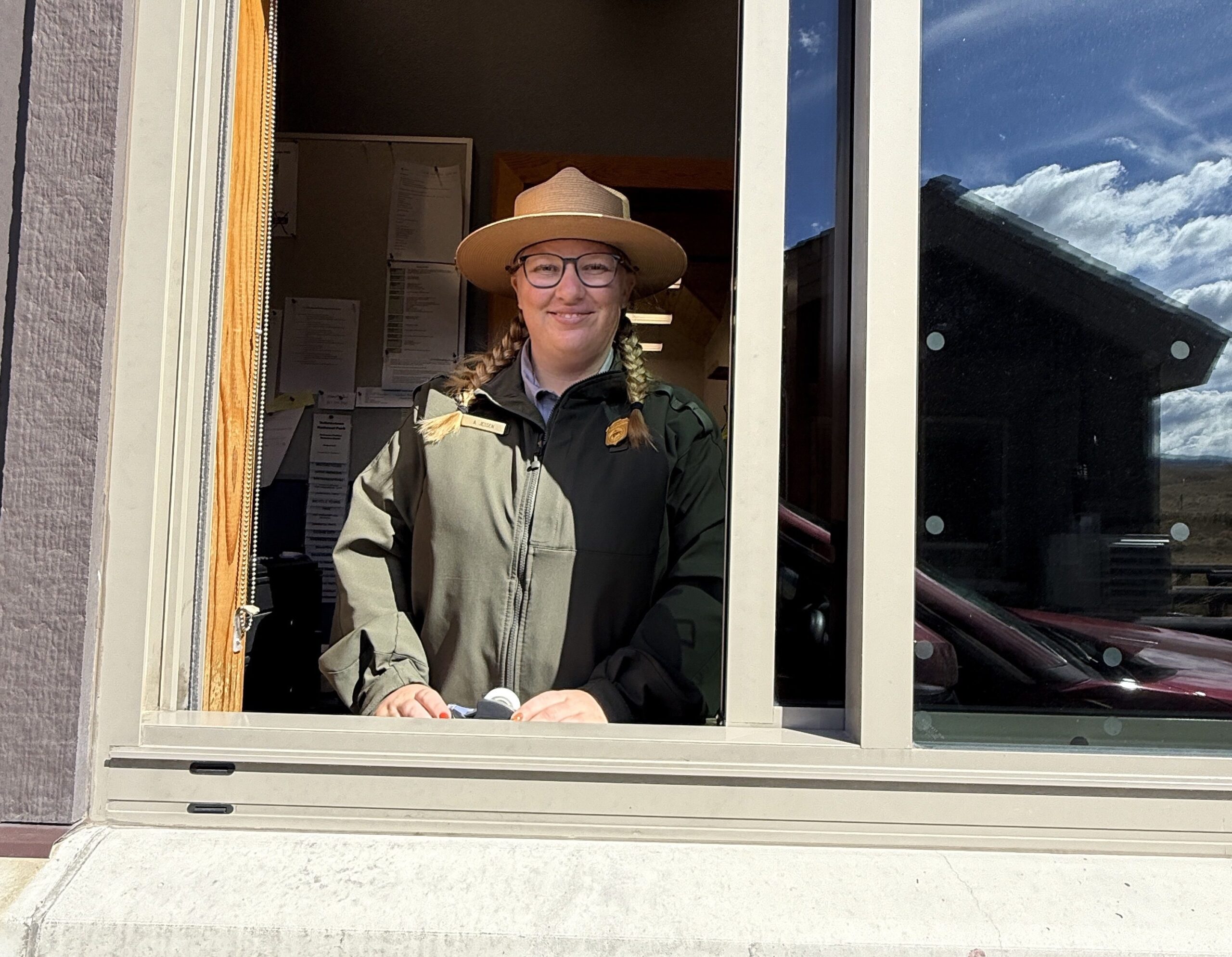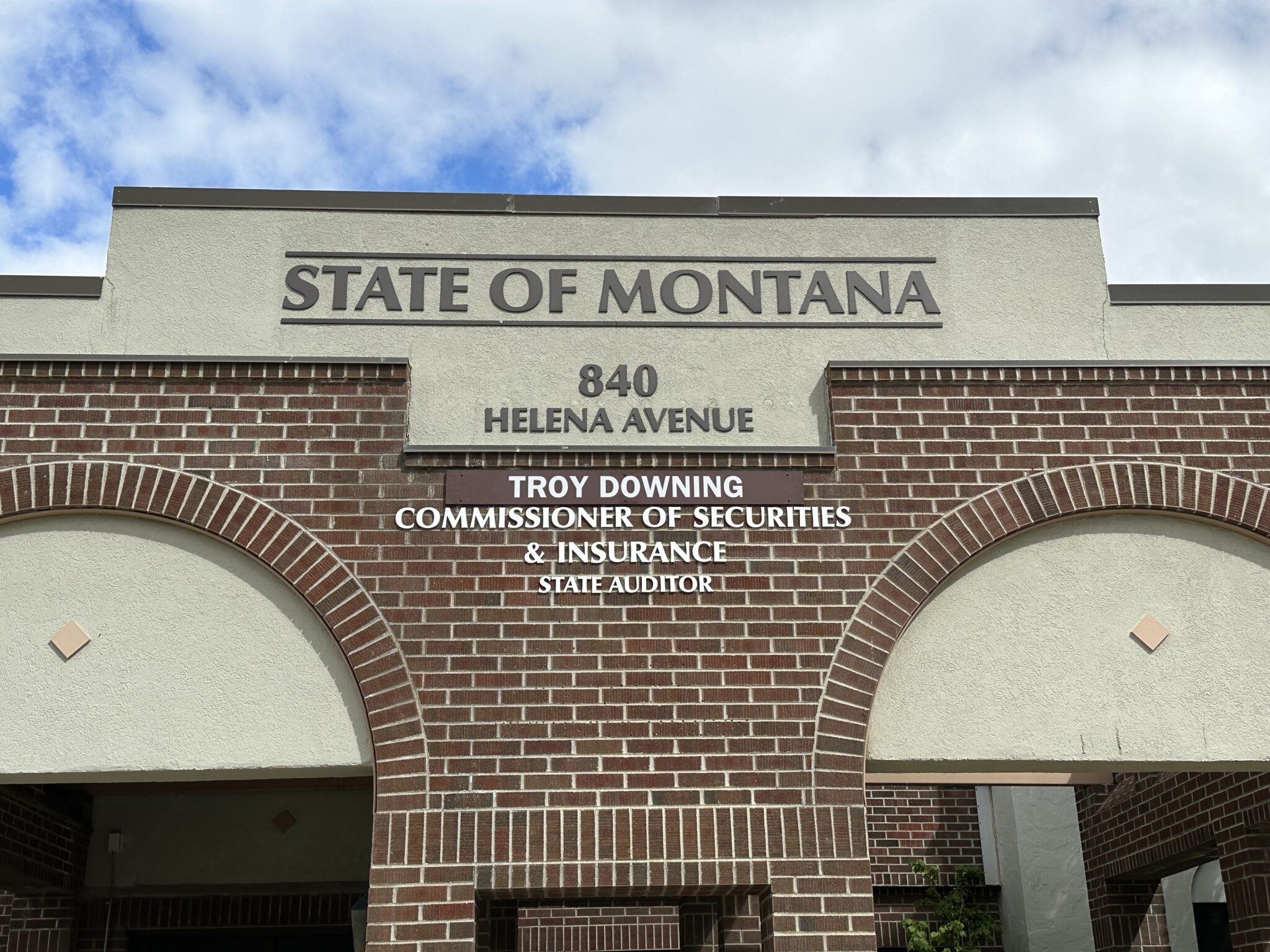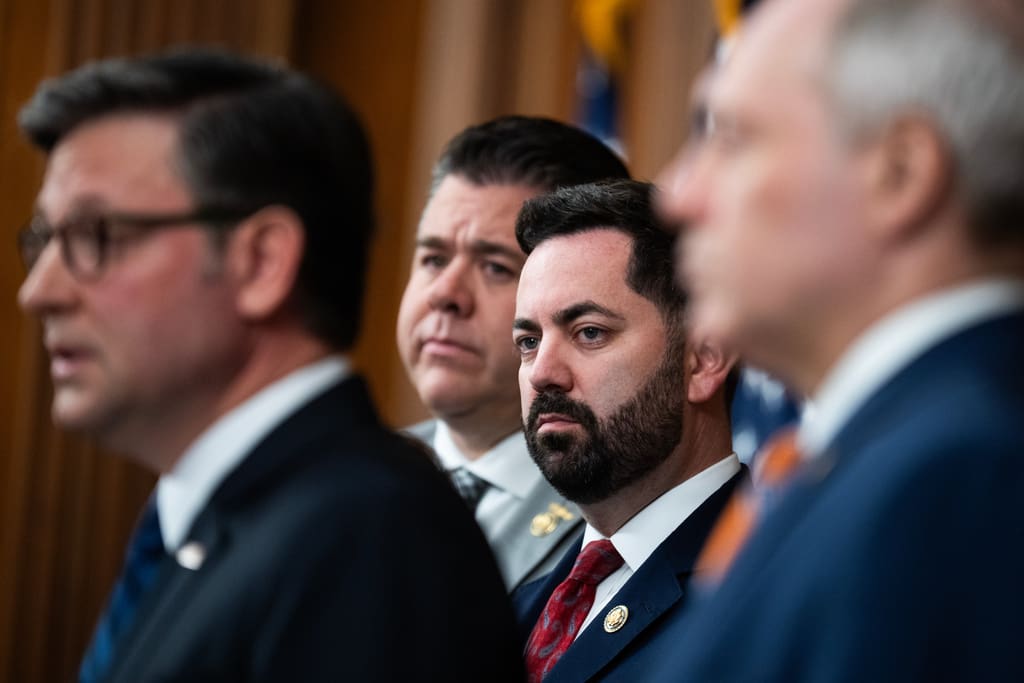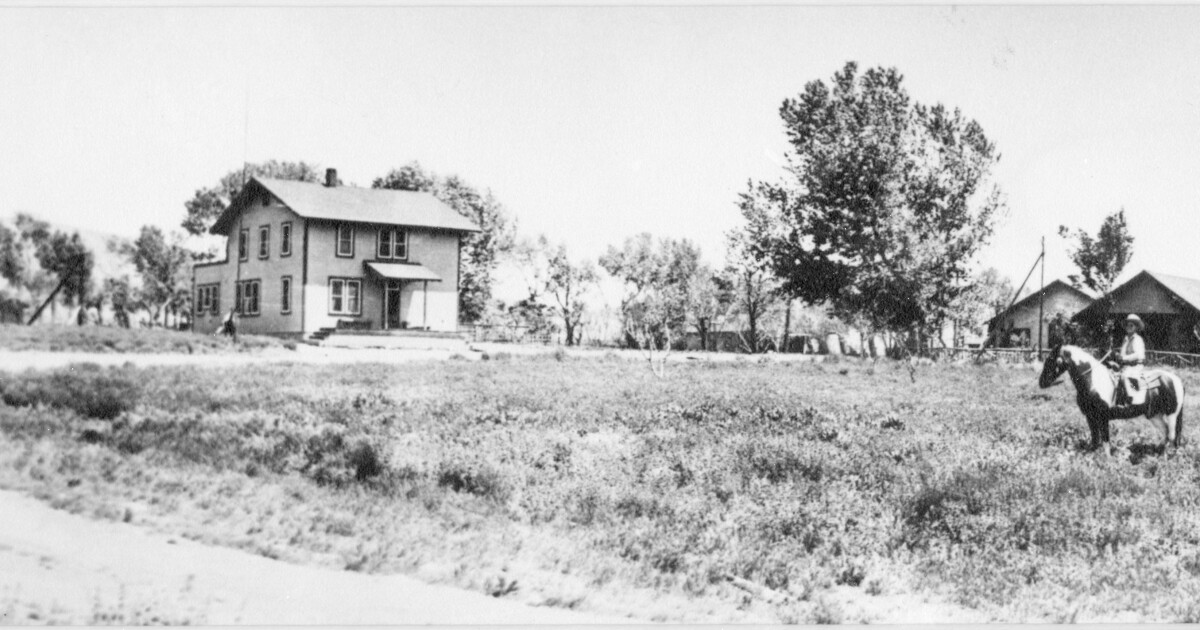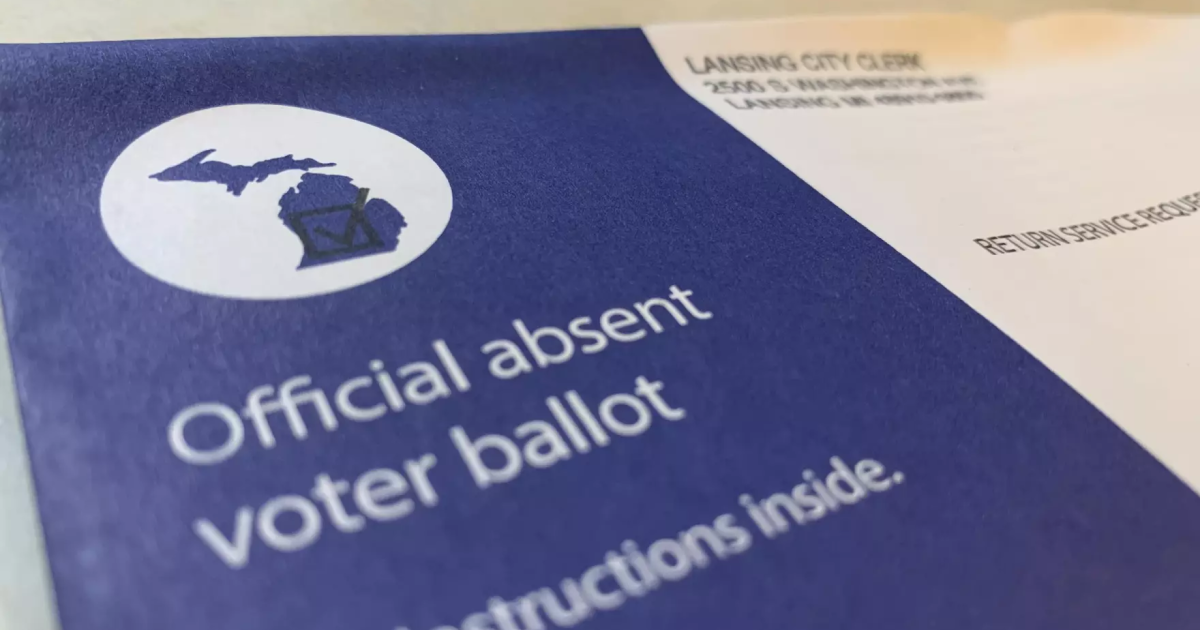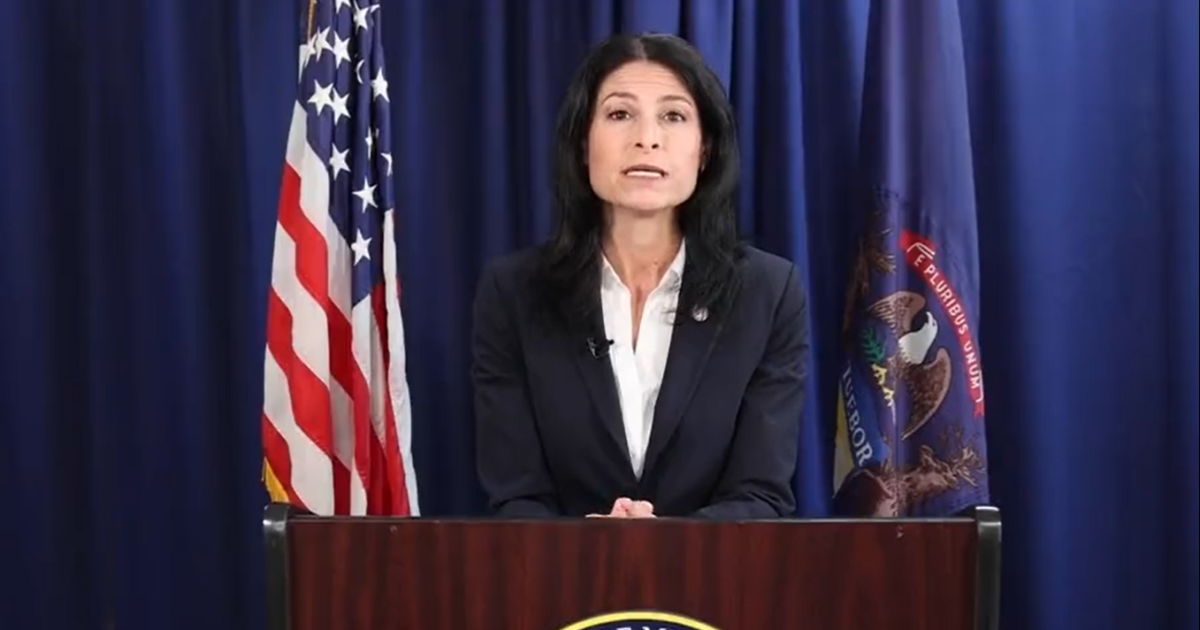As debates intensify between President Trump and Washington, D.C.’s local leadership over the city’s safety, both parties are wielding crime statistics to support their claims. The controversy has sparked widespread discussion about the true state of crime in the capital.
President Trump’s recent declaration of a crime emergency in Washington, D.C., led to the deployment of the National Guard on the streets. According to the White House, crime in the city is “out of control,” citing a significant increase in the homicide rate since 2012. In contrast, D.C. Mayor Muriel Bowser argues that violent crime has reached a 30-year low, despite a crime surge in 2023.
Amidst this dispute, concerns about the accuracy of crime data have emerged. While some accuse Trump of overstating the crime issue, the White House suggests that crime figures might be understated, referencing an NBC4 Washington report alleging data manipulation by a police commander to show a drop in violent crime.
Understanding the Crime Statistics
An analysis by NPR of FBI data reveals that Washington, D.C.’s homicide rate in 2024 was approximately 25 per 100,000 residents, nearly double the 13.9 rate of 2012. Although the homicide rate has increased since hitting a historic low in 2012, it remains well below the peak levels of the early 1990s, when D.C. was known as the “murder capital” of the nation.
Thomas Abt, founding director of the Center for the Study and Practice of Violence Reduction at the University of Maryland, notes, “In terms of murder, D.C. is much better off than it was in the ’90s. Things got steadily worse starting in 2012, but then there was a dramatic turnaround about two years ago.”
Abt also emphasizes the importance of selecting the appropriate time frame to understand crime trends. He explains that while long-term analysis can identify chronic issues, shorter periods may reveal immediate concerns. “People say crime is rising. People say crime is falling,” he adds. “It all depends on where you set your goalposts.”
Comparing Cities: A Fair Analysis?
The White House highlights that D.C.’s homicide rate surpassed those of New York City, Chicago, and Compton in 2024. However, Abt points out that D.C.’s rate is lower than other similarly sized cities like Memphis and Kansas City. “The bottom line is this: Yes, D.C. has a chronic problem with violent crime, but it’s not nearly the worst in the United States and it’s gotten significantly better over the past two years,” he states.
Adam Gelb, president and CEO of the Council on Criminal Justice, underscores that comparing cities by per capita crime rates can be informative but doesn’t necessarily reflect how effectively a city is addressing crime. He notes that various factors, such as urbanization and population age, should be considered for fair comparisons.
Reliability of Police Data
Assertions from the White House suggest that crime in D.C. may be significantly understated, partly due to allegations against a local police commander accused of manipulating data. Abt acknowledges these concerns but confirms that homicide and violent crime trends show a decline in 2024 and 2025.
He explains, “The more serious the crime, the more reliable the data,” while acknowledging potential issues with underreporting in less severe categories.
Perception Versus Reality
While statistics provide a clear view, they don’t always align with public perceptions of safety. Gelb notes that the nature of crime can heavily influence how people feel about their security. “If you have just a handful or maybe even just one event that is very random or brutal or brazen — that will stick with people and drive their perceptions of crime much more than a notion that the numbers are moving in the right direction,” he says.
Despite the overall decline in violence, D.C. has experienced an increase in the lethality of crimes, which contributes to heightened perceptions of danger.
Gelb questions the effectiveness of deploying more federal law enforcement to tackle these challenges, emphasizing the need for strategies that balance public safety with cost efficiency and respect for civil rights. “The goal isn’t just to do things that work or simply deploy the tools at your disposal,” he asserts. “It’s to identify and implement the things that work best in terms of protecting public safety, both now and into the future, and cost least in terms of taxpayer dollars and infringements on civil rights and liberties.”
NPR’s Connie Hanzhang Jin contributed reporting and data analysis.
Copyright 2025 NPR
—
Read More Michigan News

